Supple Trumps Wide
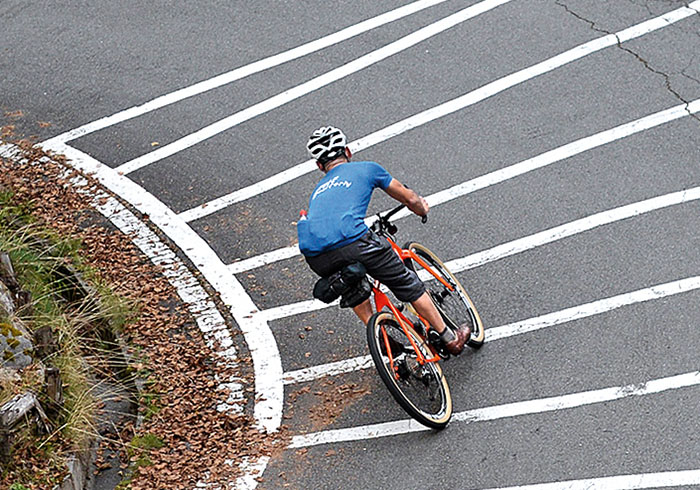
High-performance bicycles have changed tremendously in recent years. As one manufacturer said at last year’s Interbike: “In the past, everybody asked how much your bike weighed. Now all they want to know is how wide a tire it fits.”
Wide tires have revolutionized how we view performance bikes. In the past, you knew a rider was serious about going fast if his or her tires were narrow. Now it’s almost the opposite: The latest performance bikes have wider tires than many utility bikes (below).
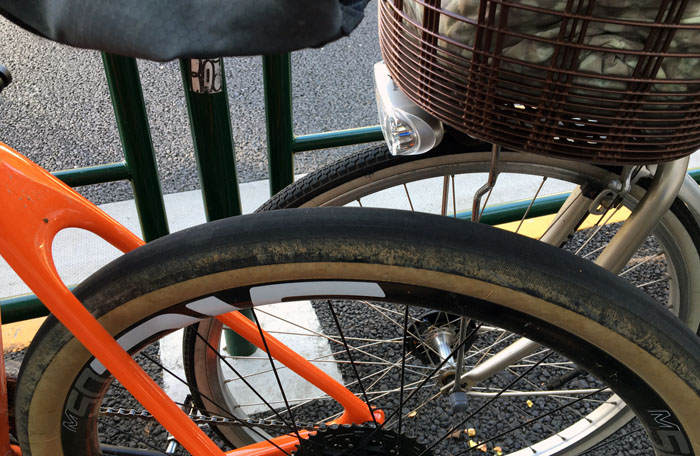
This change has happened so quickly that the bike industry can hardly keep up. Just a few years ago, ‘gravel’ bikes had clearance for 32 mm tires. Now 48 mm tires are becoming the standard for ‘all-road’ bikes that are intended as much for pavement as for gravel.
As a result of this rapid change, many cyclists are on the fence when it comes to buying a new bike: Bicycle technology seems so much in flux right now that it seems prudent to wait and see how it all shakes out. Why not postpone a new bike purchase for a few years? By then, we should know exactly what a 21st century high-performance bike looks like.
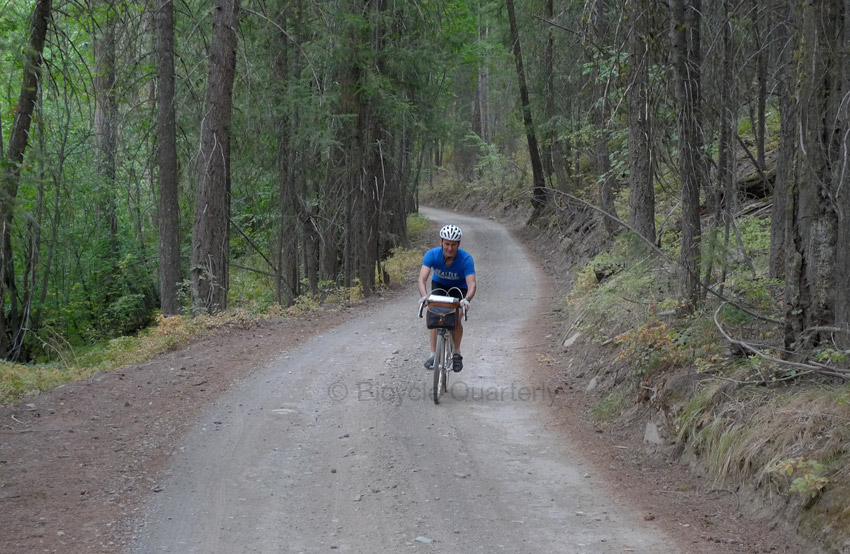
Or should you just take the plunge and buy the bike of your dreams? After all, there is so much fun to be had. Will a 2018 bike be obsolete in just a few year’s time?
It’s difficult to predict the future, but what I can say is this: The bikes we enjoy most haven’t changed in the last decade. My Rene Herse (above) is seven years old, and yet, the only thing I’d do differently today is add low-rider racks and make it Rinko-compatible. The basic idea of what makes a great bike for paved and gravel roads hasn’t changed – it’s just that the mainstream bike industry has taken some time to catch up.
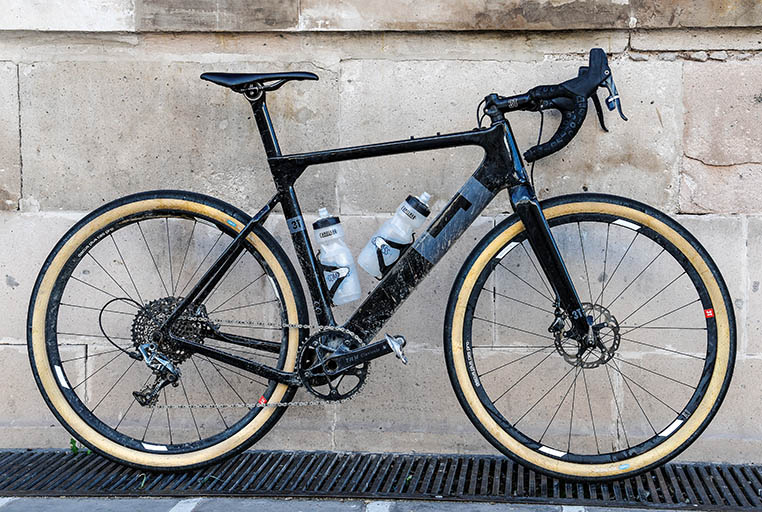
In practical terms, for normal road riding, 38-42 mm tires will serve you well. If you intend to ride mostly on gravel, look for clearances that allow 48-54 mm tires. It’s unlikely that these recommendations will change much in the future. Tires wider than 54 mm are almost impossible to fit without giving up the character and feel of a road bike: narrow Q factor, nimble handling, and light weight.

What if you aren’t ready to take the plunge? Fortunately, you don’t need a new bike to transform your riding. The science is undisputed: The benefits of the ‘wide tire revolution’ lie mostly in the supple casings. The extra width is just an added benefit.
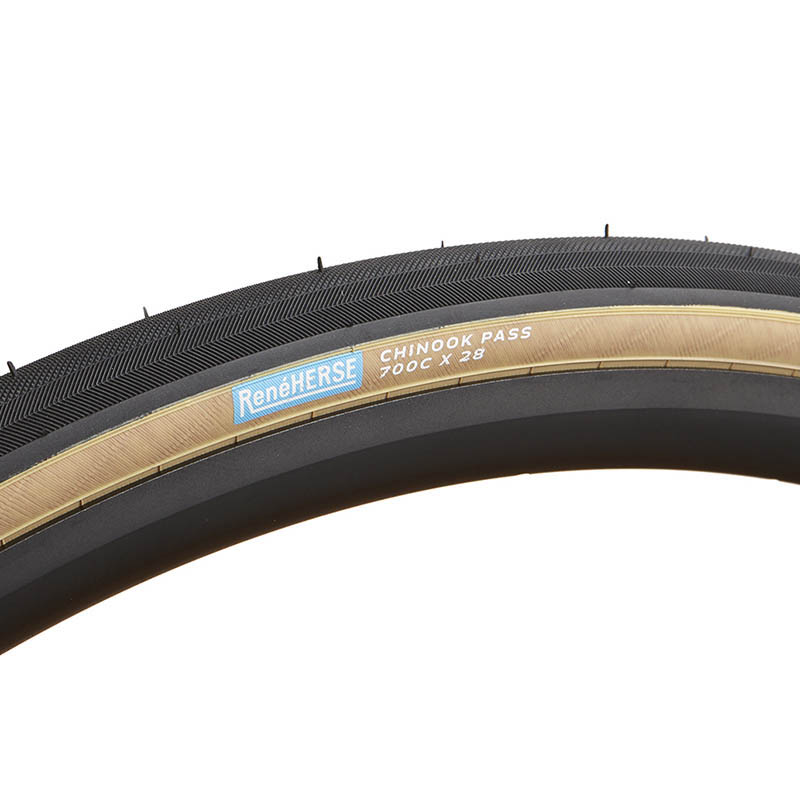
In other words: A supple 28 mm tire will be faster and more comfortable than a 48 mm-wide ‘touring’ tire with a stiff casing. Especially if you ride mostly on pavement, you can experience 80% of the benefits simply by switching to supple high-performance tires in a size that fits your current bike.
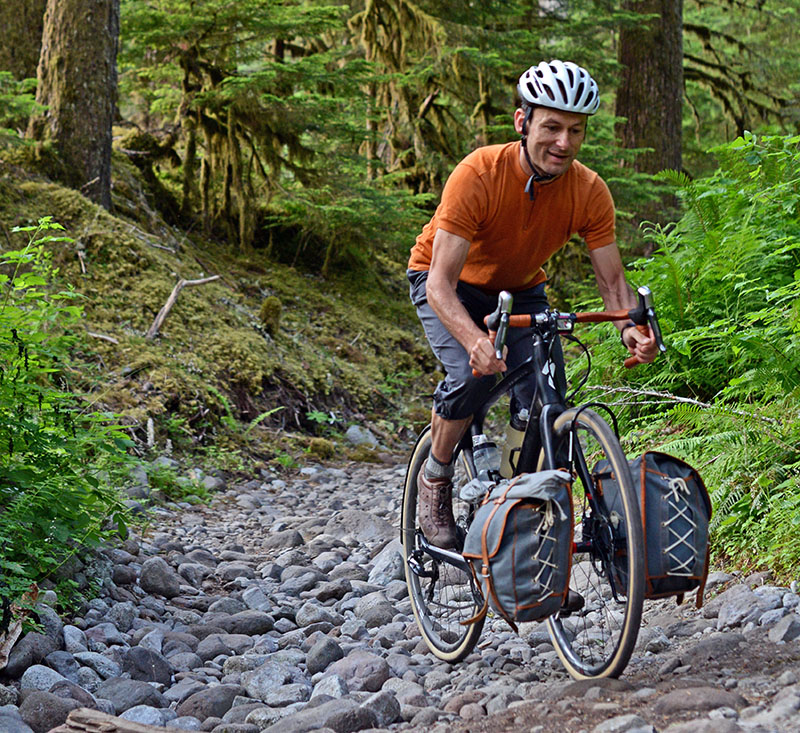
You’ll be amazed by the transformation. The first Specialized Diverge could handle only 32 mm-wide tires (with fenders). That didn’t lessen the fun when we took it on wonderful adventures, like the ride up the abandoned road to Carbon Glacier on Mount Rainier (above).
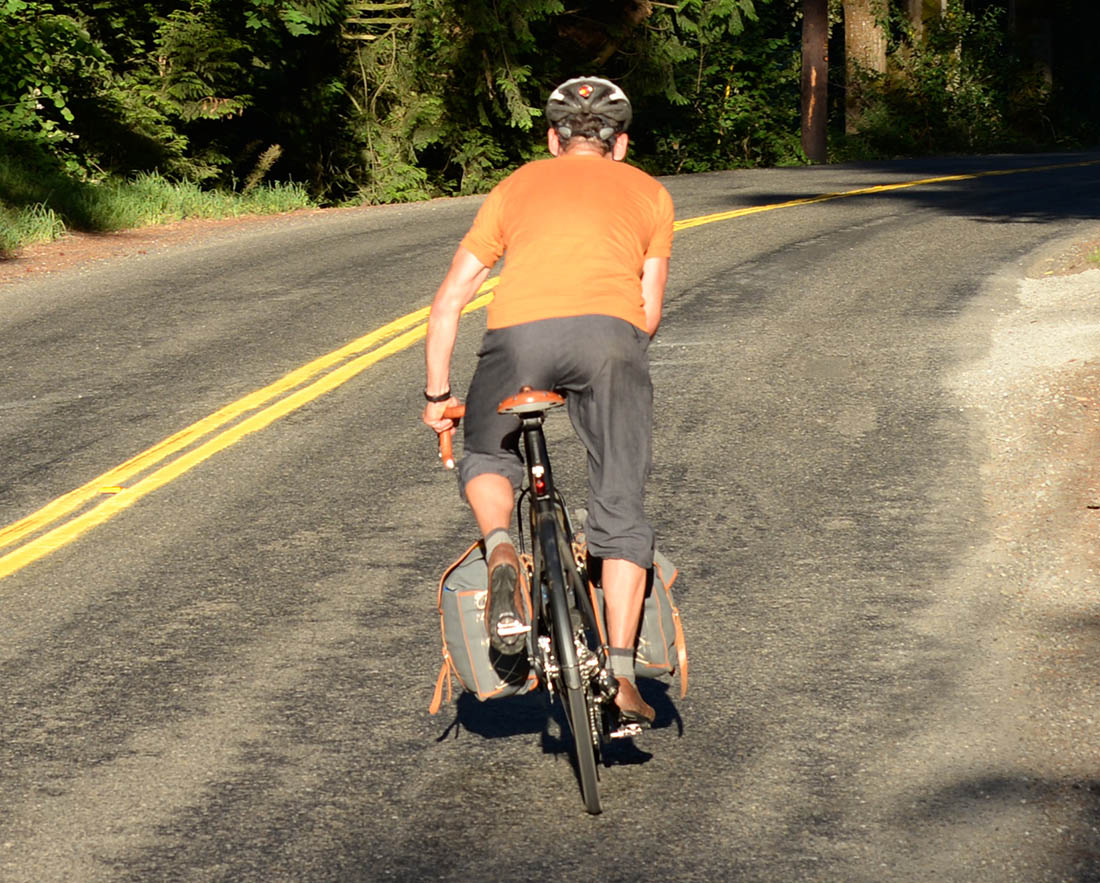
I also enjoyed its speed and grip on smoother roads. Simply switching your tires buys you time while you decide what you want in your next bike. Only caveat: After riding supple high-performance tires, there is no going back. Once you’ve tried them, you’ll choose great tires for your next bike, too, no matter their width.
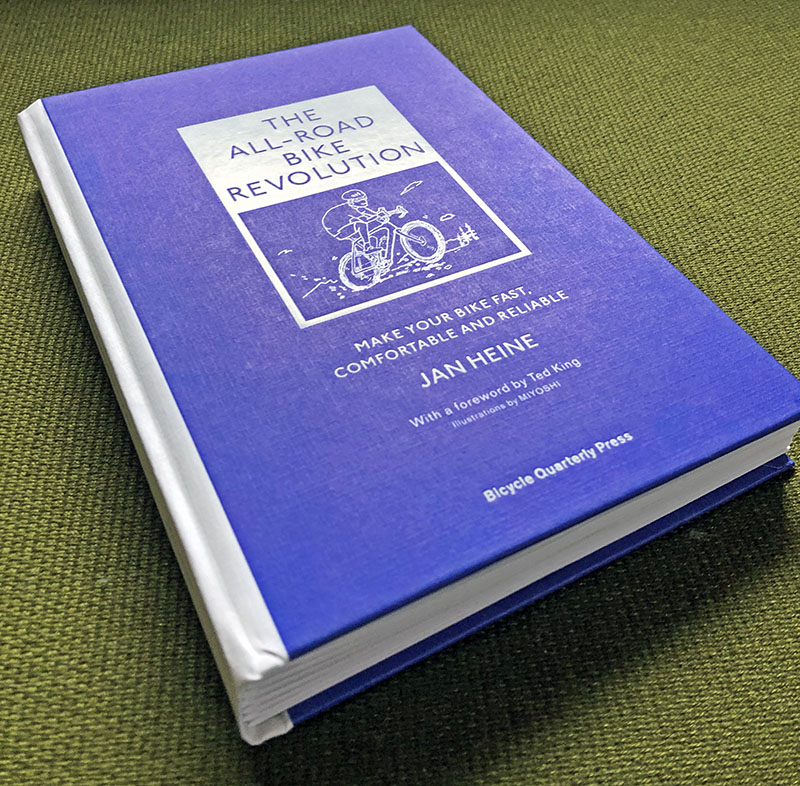
Update 11/17/2020: We’ve just published our new book ‘The All-Road Bike Revolution’ with all the research that has changed cycling in recent years. Find out why wide tires can be fast, how to find a frame that optimizes your power output, and how to get a bike that handles like an extension of your body. More information is here.


